Works in Woodmere's Collection
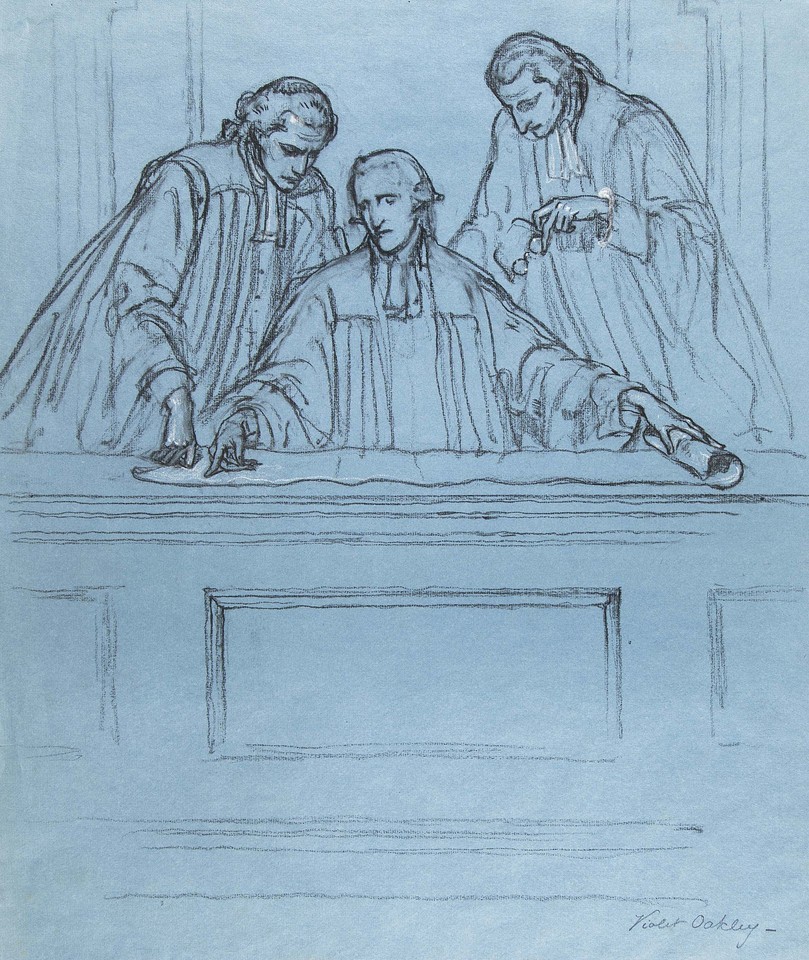
Study for three central figures, "Supreme Court of the State (Law of Nations)," from the mural series The Opening of the Book of Law, Supreme Court Chamber, Pennsylvania State Capitol
Murals
View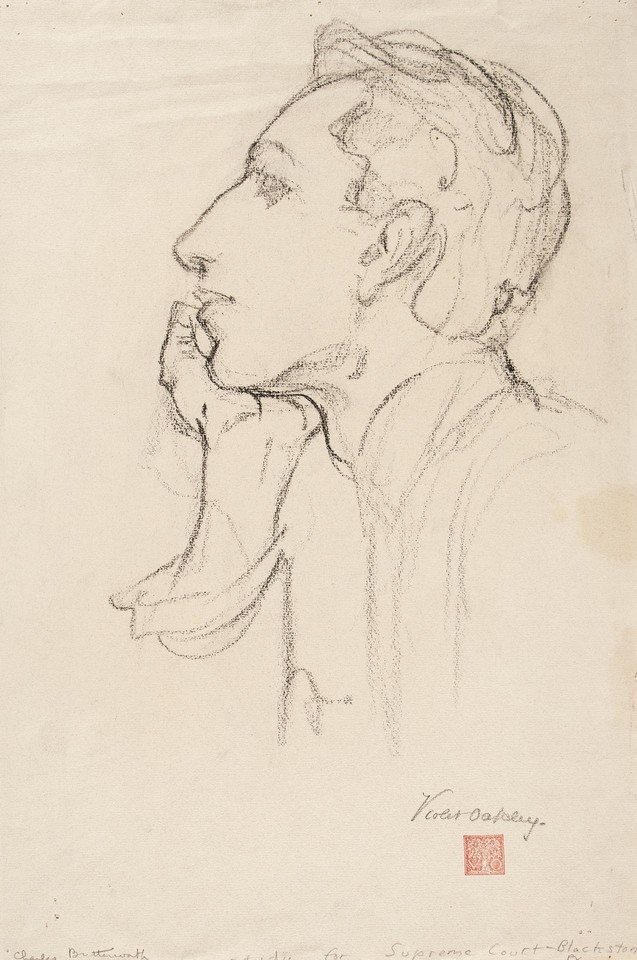
Charles Butterworth as study for "The Spirit of William Blackstone," from the mural series The Opening of the Book of the Law, Supreme Court Chamber, Pennsylvania State Capitol
Drawings and Watercolors
View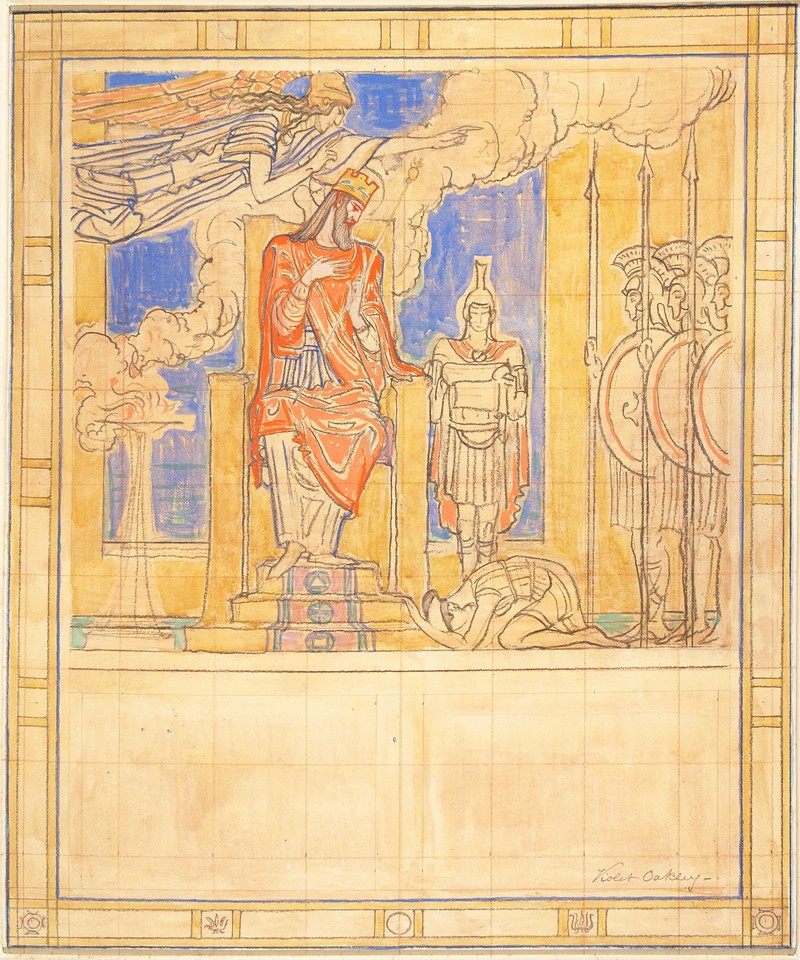
Study for "Themis - Greek Idea of Revealed Law," from the mural series The Opening of the Book of Law, Supreme Court Chamber, Pennsylvania State Capitol
Murals
View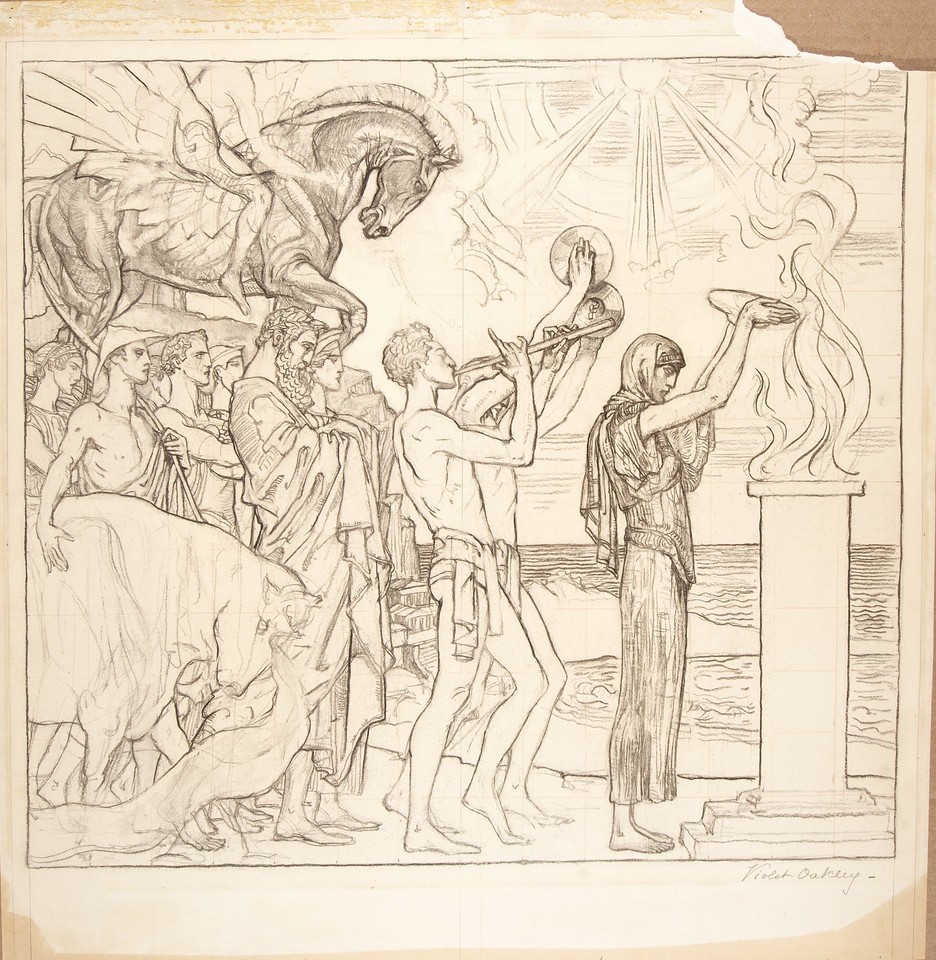
Study for "The Golden Age (Law of Nature)," from the mural series The Opening of the Book of Law, Supreme Court Chamber, Pennsylvania State Capitol
Murals
View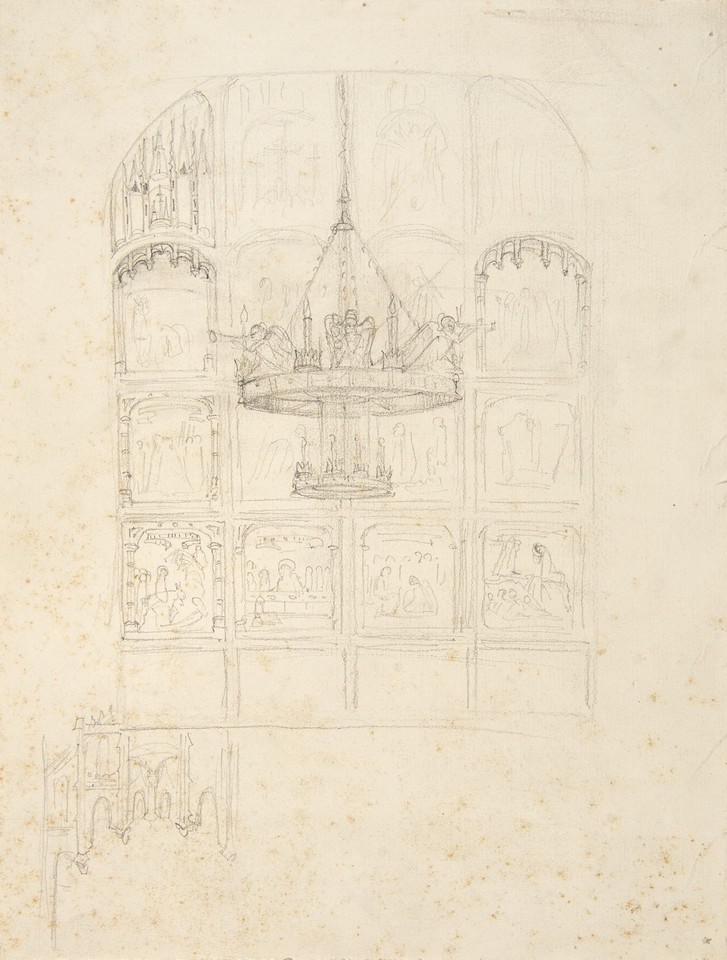
Study for "Supreme Court of the World: International Law" from mural series The Opening of the Book of the Law, Supreme Court Chamber, Pennsylvania State Capitol
Murals
View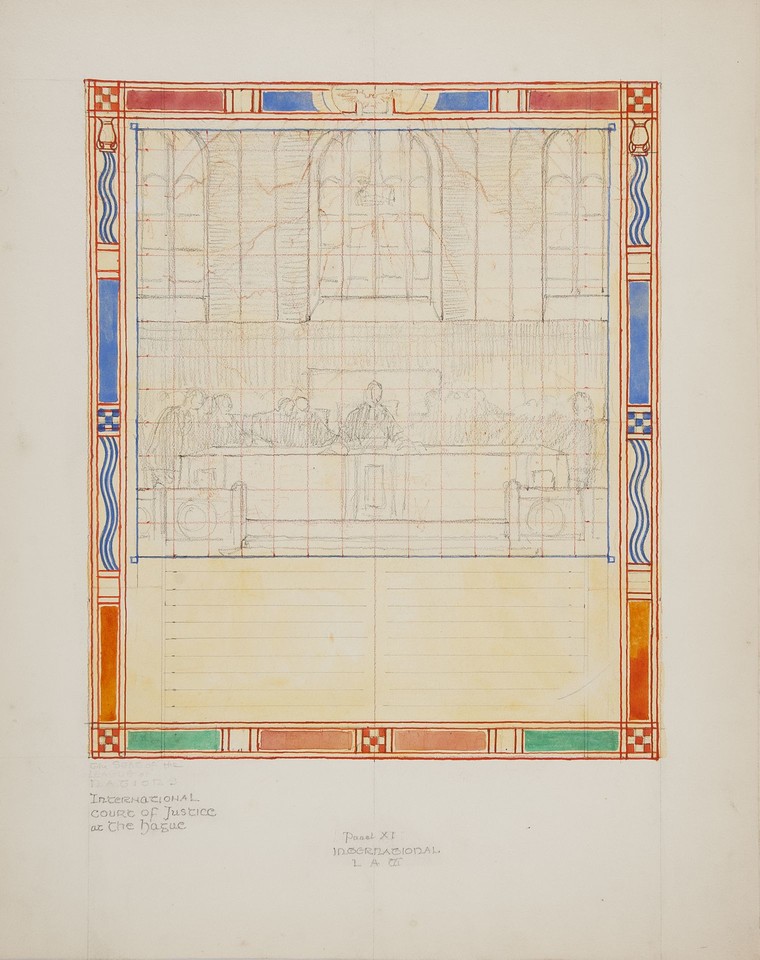
Composition study for "International Court of Justice (International Law)," from the mural series The Opening of the Book of Law, Supreme Court Chamber, Pennsylvania State Capitol
Murals
View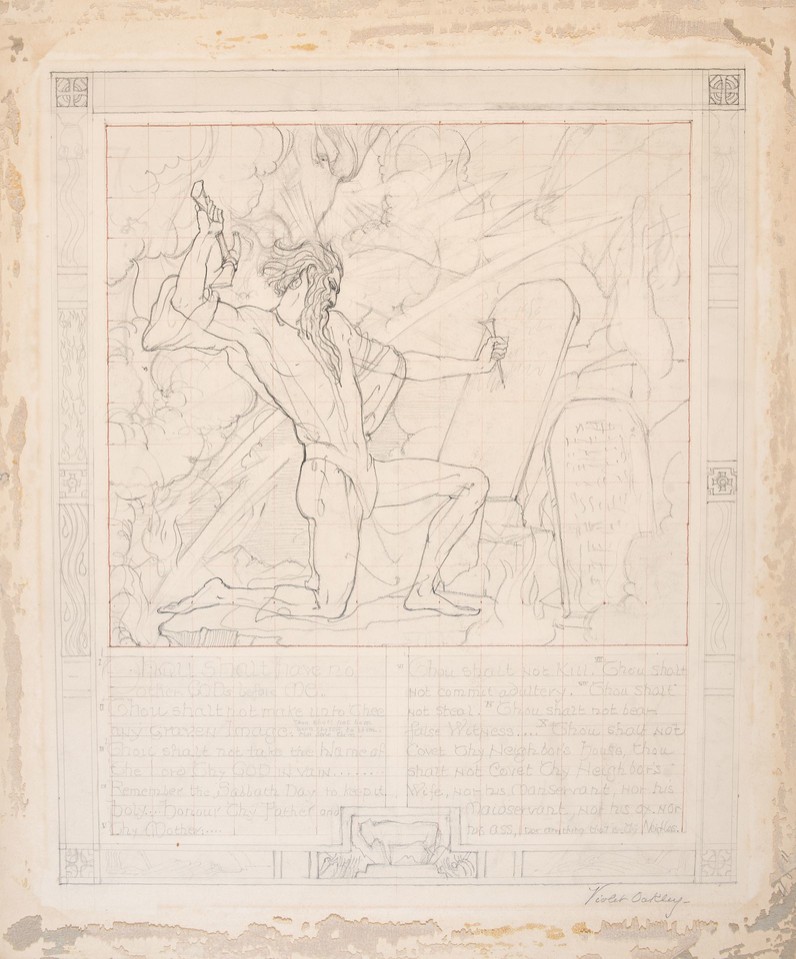
Study for “Mosaic Decalogue (Hebrew Idea of Revealed Law)” from the mural series The Opening of the Book of the Law, Supreme Court Chamber, Pennsylvania State Capitol
Murals
View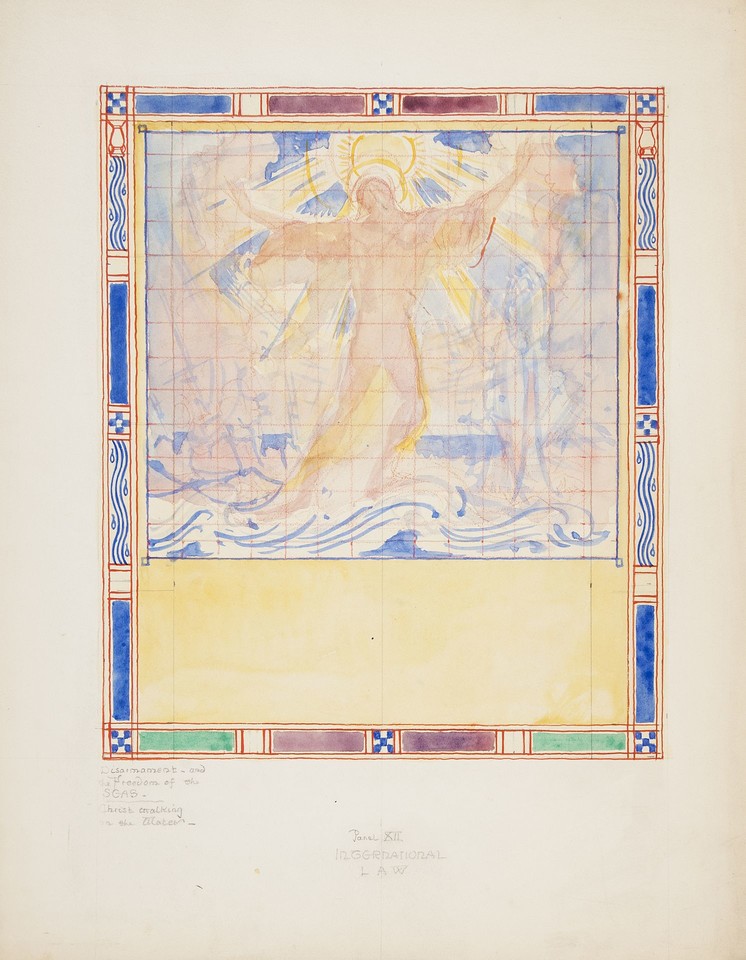
Composition study for "Christ and Disarmament (International Law)," from the mural series The Opening of the Book of Law, Supreme Court Chamber, Pennsylvania State Capitol
Murals
View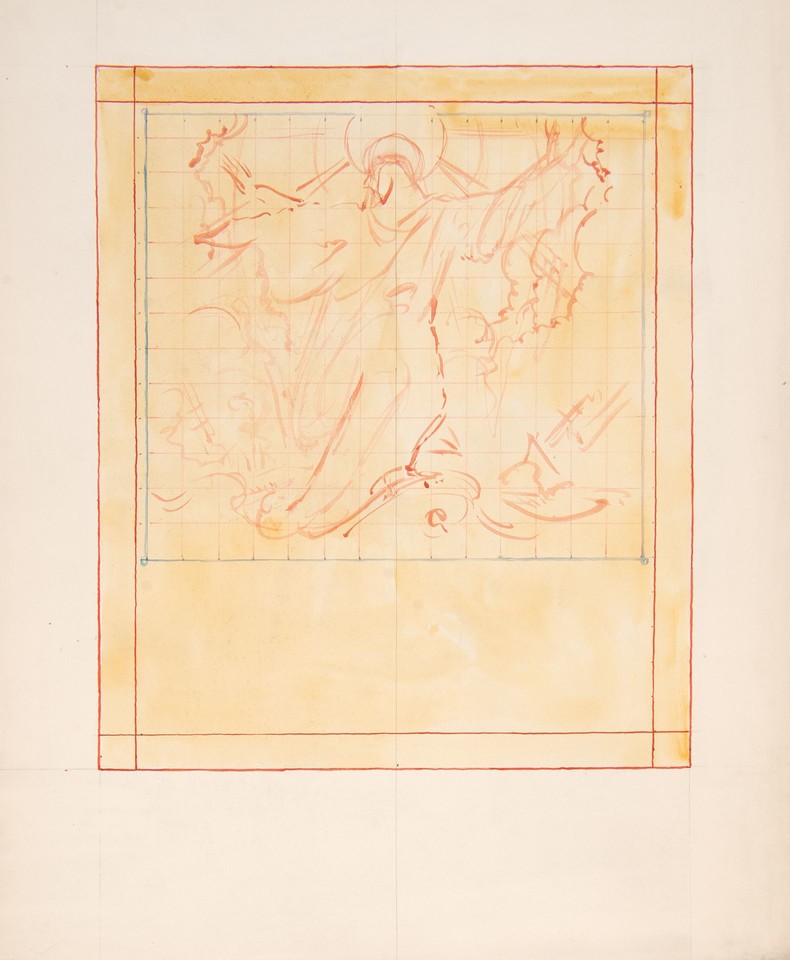
Study for "Christ and Disarmament (International Law)," from the mural series The Opening of the Book of Law, Supreme Court Chamber, Pennsylvania State
Murals
View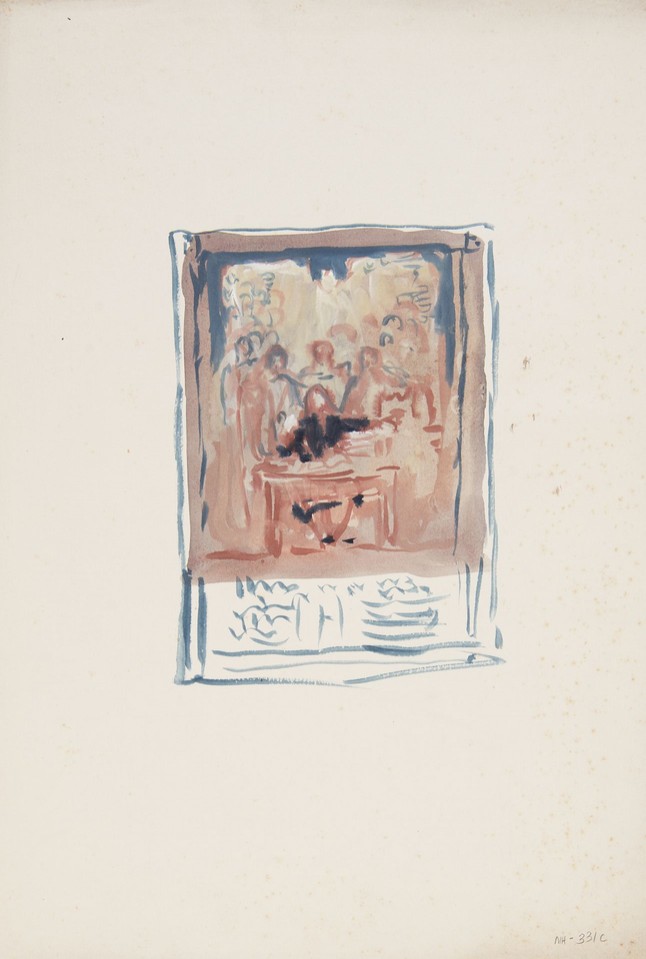
Study for “William Penn as Law-Giver (Law Reason),” from the mural series The Opening of the Book of Law, Supreme Court Chamber, Pennsylvania State Capitol
Murals
View
Study for “William Penn as Law-Giver (Law Reason),” from the mural series The Opening of the Book of Law, Supreme Court Chamber, Pennsylvania State Capitol
Murals
View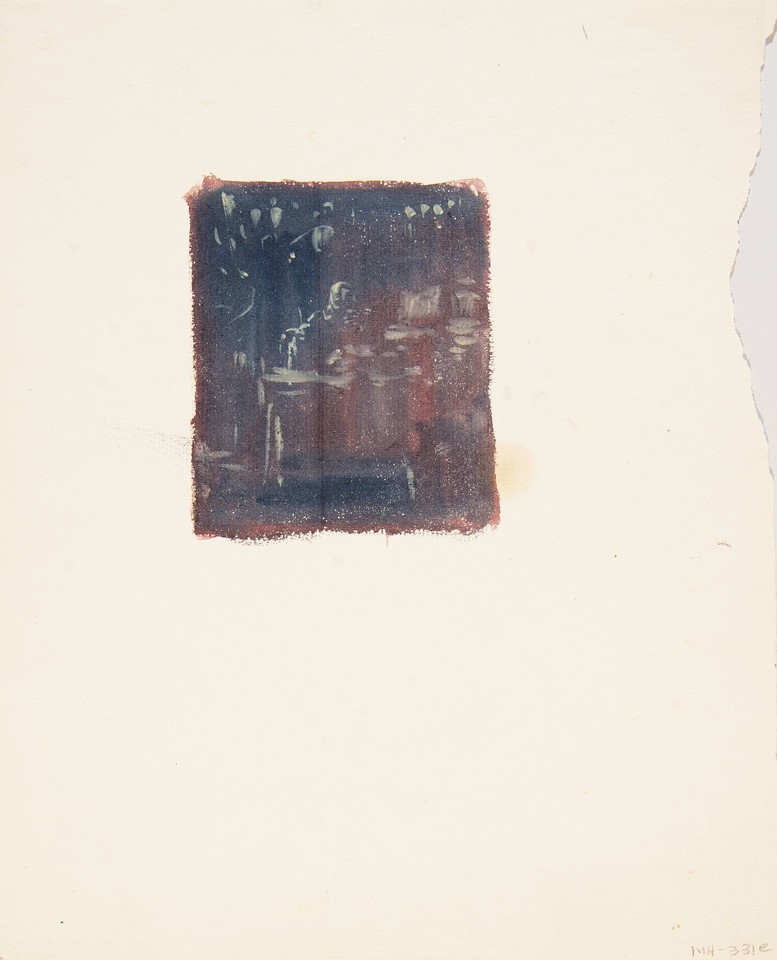
Study for “William Penn as Law-Giver (Law Reason),” from the mural series The Opening of the Book of Law, Supreme Court Chamber, Pennsylvania State Capitol
Murals
View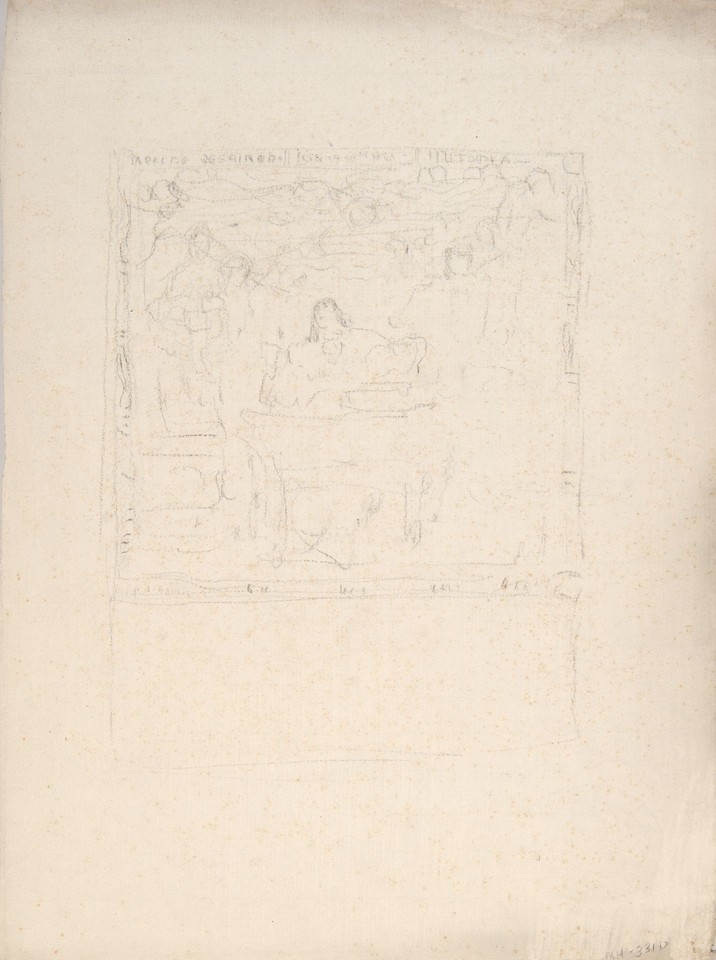
Study for “William Penn as Law-Giver (Law Reason),” from the mural series The Opening of the Book of Law, Supreme Court Chamber, Pennsylvania State Capitol
Murals
View
Study for “William Penn as Law-Giver (Law Reason)” or “Supreme Court of Pennsylvania (Law of Nations),” from the mural series The Opening of the Book of Law, Supreme Court Chamber, Pennsylvania State Capitol
Murals
View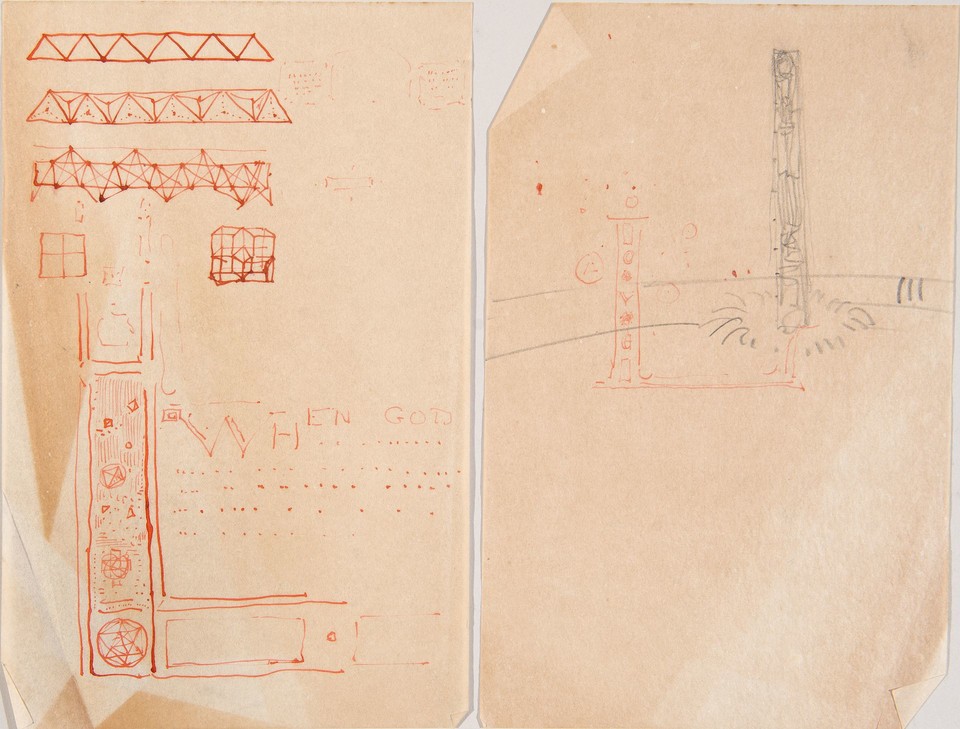
Studies for illuminated “L” with doodles, “Divine Law, Love and Wisdom,” from mural series The Opening of the Book of the Law, Supreme Court Chamber, Pennsylvania State Capitol
Murals
View






